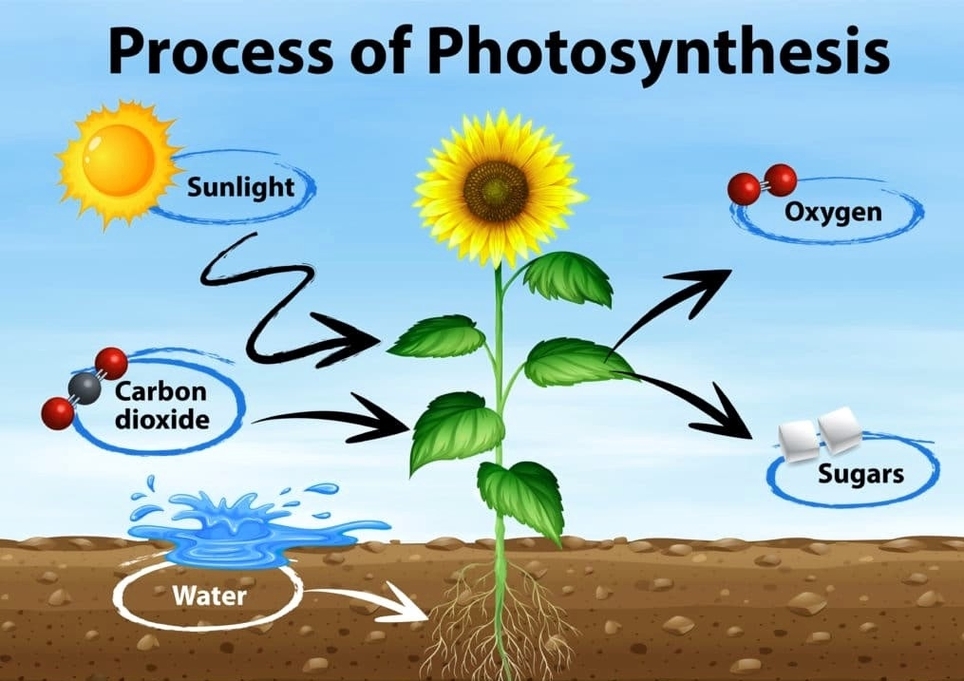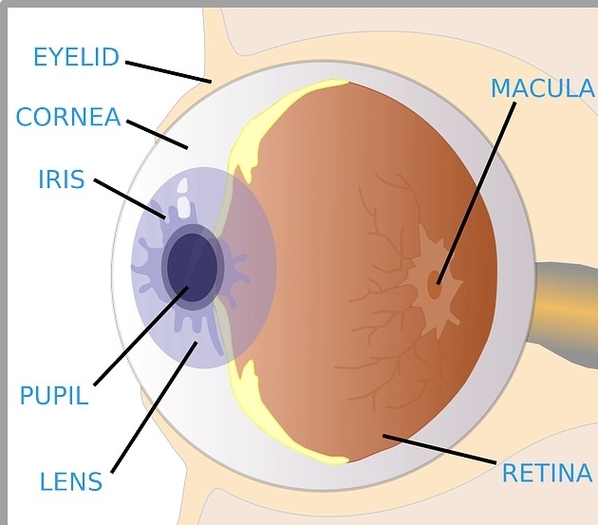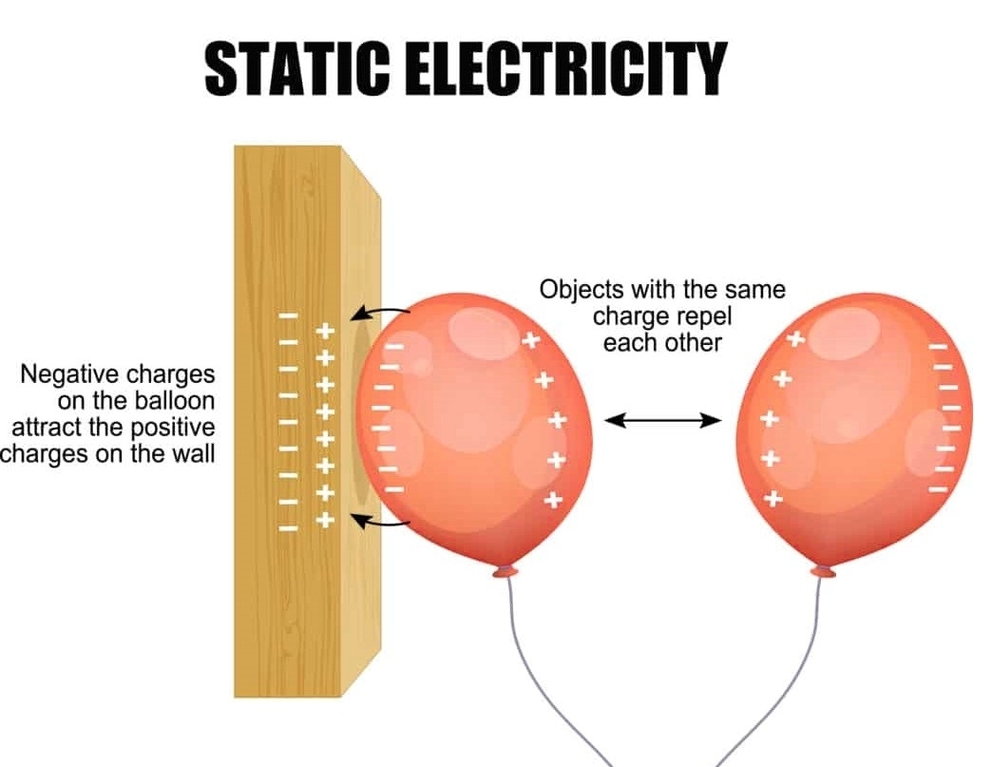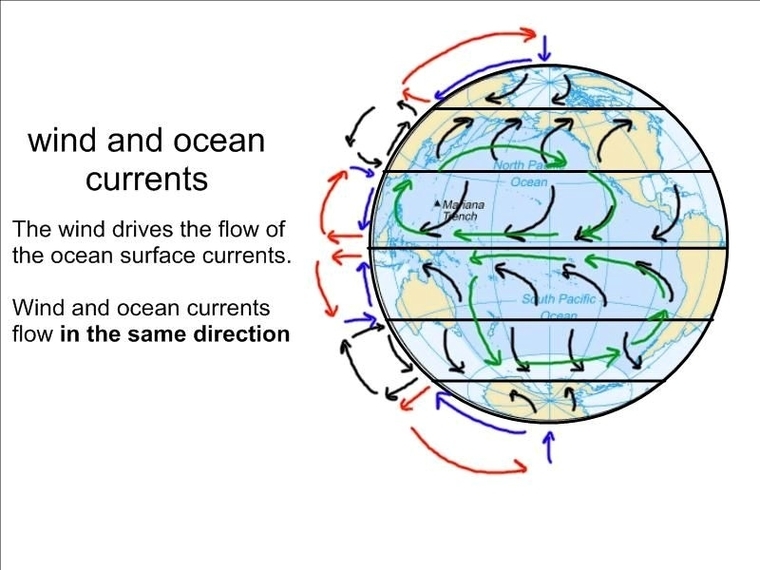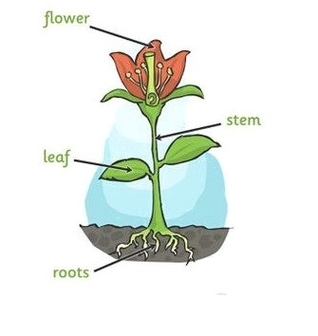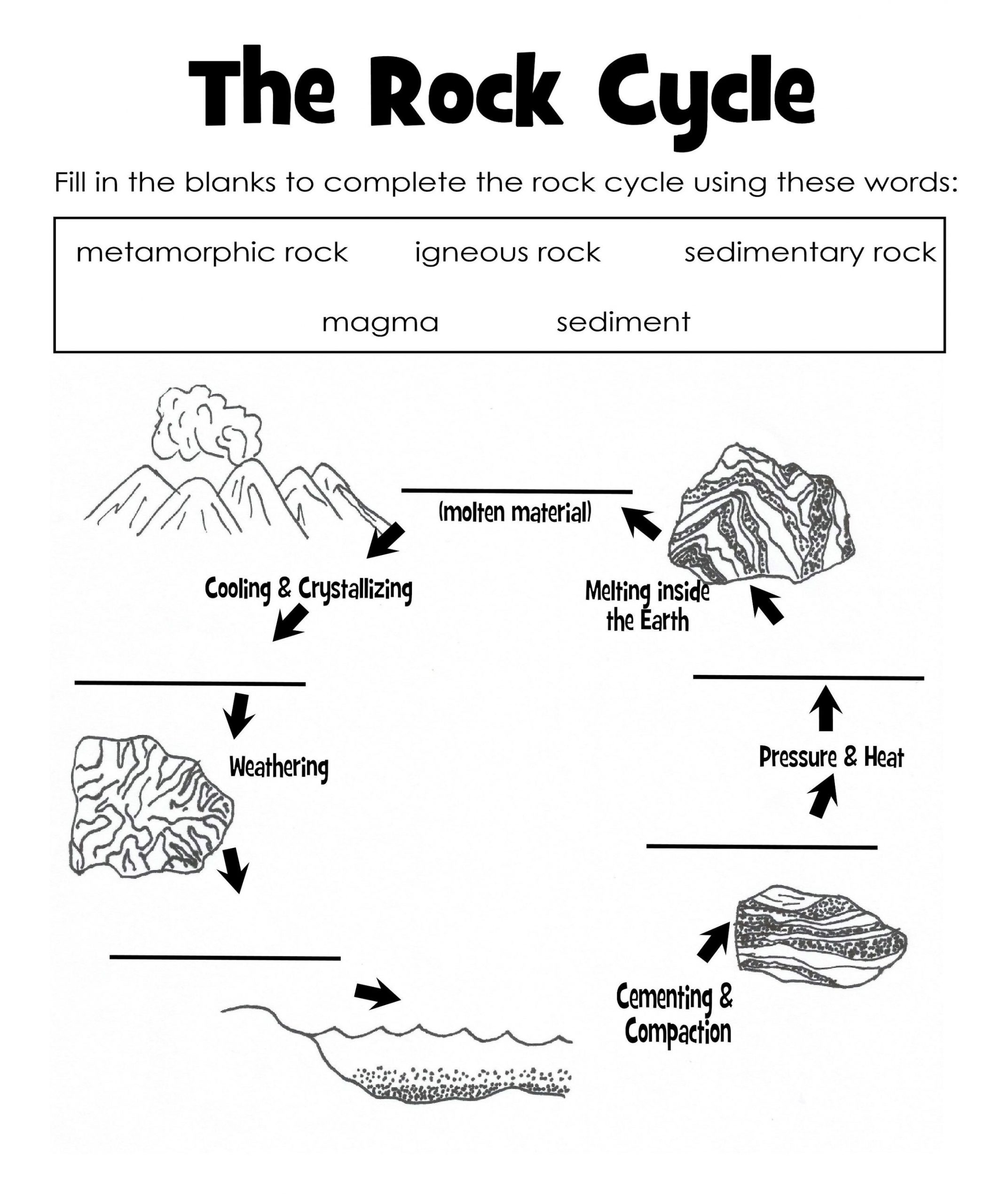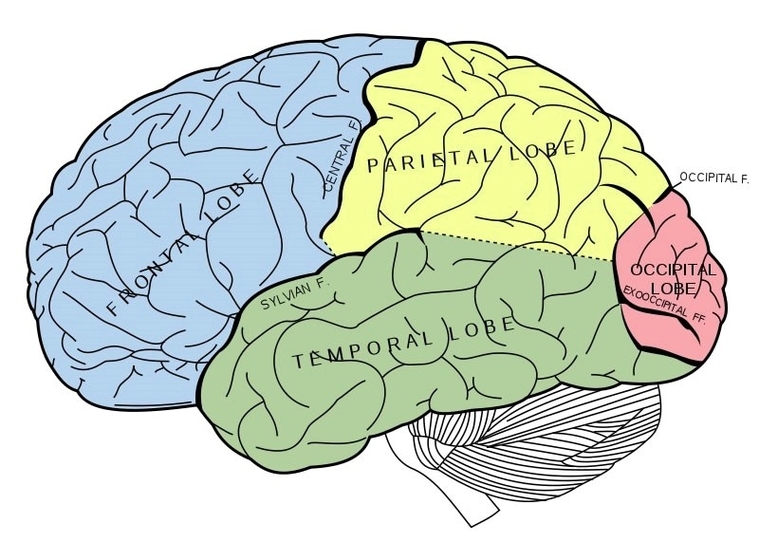Photosynthesis is the process through which plants convert light energy from the sun to chemical energy. The chemical energy is then stored as sugar. During the process of photosynthesis, plants capture light energy and use it to convert water, carbon dioxide, and minerals into oxygen (released into the air)…
Let’s begin by taking a look at the reactants of photosynthesis. The necessary components or ingredients for photosynthesis include light energy, oxygen, carbon dioxide, and water. These are referred to as the reactants photosynthesis.
Below is the flowchart of photosynthesis process that shows the steps involved in the Light reaction and dark reaction of photosynthesis created on EdrawMax, a powerful flowchart software that can help draw flowcharts within a few steps . Carbon dioxide and oxygen enter and exit the plant leaves through stomata.
